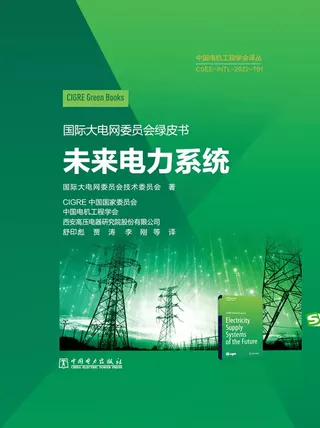Summary
Chinese edition available
This book offers a vision of the future of electricity supply systems and CIGRE’s views on the know-how that will be needed to manage the transition toward them.
A variety of factors are driving a transition of electricity supply systems to new supply models, in particular the increasing use of renewable sources, environmental factors and developments in ICT technologies. These factors suggest that there are two possible models for power network development, and that those models are not necessarily exclusive:
1. An increasing importance of large networks for bulk transmission capable of interconnecting load regions and large centralized renewable generation resources, including offshore and of providing more interconnections between the various countries and energy markets.
2. An emergence of clusters of small, largely self-contained distribution networks, which include decentralized local generation, energy storage and active customer participation, intelligently managed so that they operate as active networks providing local active and reactive support.
The electricity supply systems of the future will likely include a combination of the above two models, since additional bulk connections and active distribution networks are needed in order to reach ambitious environmental, economic and security-reliability targets. This concise yet comprehensive reference resource on technological developments for future electrical systems has been written and reviewed by experts and the Chairs of the sixteen Study Committees that form the Technical Council of CIGRE.
- Provides a consistent view on the future of electricity supply systems
- Offers know-how needed to manage the transition towards the Future Energy Supply Systems
- Developed by the experts of CIGRE
Additional informations
| Publication type | Green Books |
|---|---|
| Reference | GB 8 CN |
| Publication year | |
| Publisher | CIGRE / China Electric Power Press |
| ISBN | 978-7-5198-7122-2 |
| Study committees |
|
Keywords
Power Generation and Electromechanical Energy Conversion (A1), Power transformers and reactors (A2), Transmission & distribution equipment (A3), Insulated cables (B1), Overhead lines (B2), Substations and electrical installations (B3), DC systems and power electronics (B4), Protection and automation (B5), Power system development and economics (C1), Power system operation and control (C2), Power System Sustainability and Environmental Performance (C3), Power system technical performance (C4), Electricity markets and regulation (C5), Active distribution systems and distributed energy resources (C6), Materials and emerging test techniques (D1), Information Systems, Telecommunications and Cybersecurity (D2)


